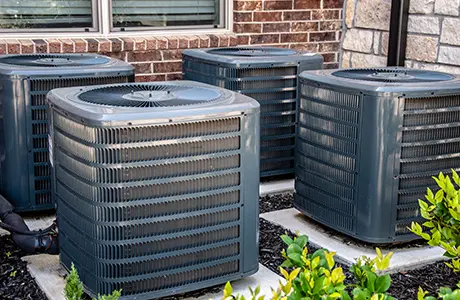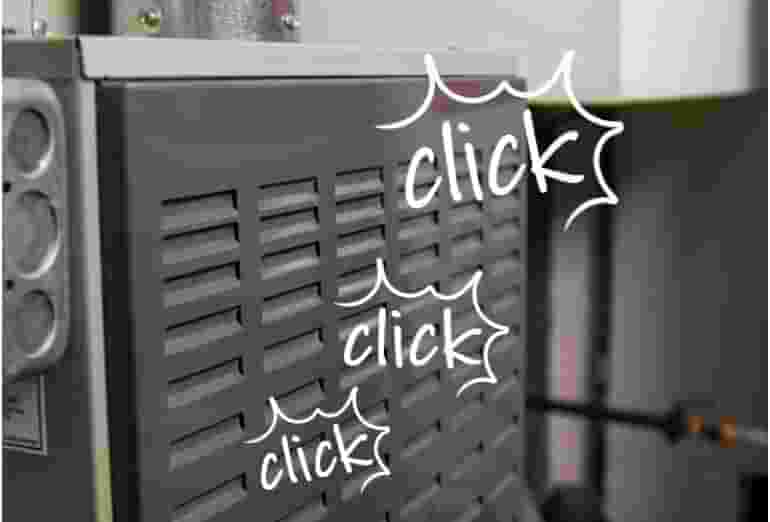If you or someone in your family suffers from allergies, asthma, or other respiratory conditions, an air purifier can be an important part of your treatment program. These advanced machines eliminate dangerous contaminants in the air. They also work to neutralize odors.
An air purifier improves air quality by capturing and removing particles in the air and/or neutralizing pollutants, including:
- Volatile organic compounds (VOCs)
- Dust mites
- Pollen
- Mold
- Plant spores
- Mildew
- Fungi
- Pet hair / dander
- Aerosols
- Tobacco smoke
- Pesticides
- Cat litter dust and odors
- Cooking smells
- Toxins
- Bacteria
- Viruses
Types of Home Air Purifiers
There are four key types of home air purifiers:
- Media Air Purifiers
- Traditional air purifiers, also known as media air purifiers, use air filtration to clean the air in your home. Using a system of fans or operating as a part of your home’s existing HAVC system, an air purifier pushes air through a single or series of air filters – usually HEPA (high-efficiency particulate air) filters or filters with a high minimum efficiency reporting value (MERV) rating.
- UV Air Purifiers
- A UV air purifier uses shortwave ultraviolet light to kill or neutralize airborne pathogens. UV air purifiers are often used in combination with other air filters to capture larger types of airborne particulate.
- Media Air Purifiers with Photocatalytic Oxidation (PCO)
- Media air purifiers with Photocatalytic Oxidation combine the power of a media air purifier with the added benefit of a PCO filter and a UV light. PCO filters are coated with titanium dioxide, which helps to capture harmful particles and air pollutants. A UV light shines on this filter, neutralizing the particulate.
- Electronic Air Cleaners (EACs) or Ionizers
- Electronic air cleaners, sometimes referred to as ionizers or electronic air purifiers, clean the air using filters that are electrically charged. Most units have a pre-filter used to capture large particulate matter, followed by a single or multiple electrically charged filters designed to trap smaller particles using an electrical charge.
- Combination Air Purifiers
- Most modern air purification systems use a combination of the devices listed above to thoroughly clean the air. All the air purifier types listed above are available as whole-house or portable air purifiers. The trick is deciding which one is right for your household.
Whole-house vs Portable Air Purifiers
Air purifiers are available as whole-house or portable units. The chief differences between these types of units lie in their price and capacity.
Whole-house Air Purifiers
Whole-house air purifiers are air purifiers that are either built into your HVAC system or installed in-line in one of your home’s main air ducts. Whole-house air purifiers installed with an HVAC system are ideal for new construction or new HVAC systems, but can be very costly when retrofitting. Whole-house air purifiers (in-line or installed with an HVAC system) run when your HVAC system is running. That means you must keep your heating or cooling on, at least minimally, year-round. If you’re looking to add a whole-house air purifier to your home without upgrading your existing HVAC system, an in-line air purifier is likely the right choice.
Portable Air Purifiers
Portable air purifiers provide all the benefits of a whole-house air purifier, but in a limited capacity. Depending on the size of your portable air purifier, you may need multiple to efficiently clean the air in your space.
Choose the Right Air Purification System for Your Home
As you can see, you have a lot of choices to make when it comes to selecting the right air purification system. Your local Aire Serv® understands the importance of finding the right balance of performance, energy efficiency and cost to your household. Whether you have an existing system you’d like to have maintained or upgraded or you’re new to air purification, we can help. Request an appointment online or call us to get started.
All Aire Serv franchises are locally owned and operated and may offer fewer or more services than those listed here. To learn more about the air purification services offered in your area, contact the Aire Serv nearest you for details or a customized on-site assessment.
Call phone number(855) 679-0011 24/7 Customer Service
 Click to call
Click to call



